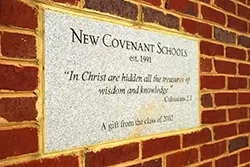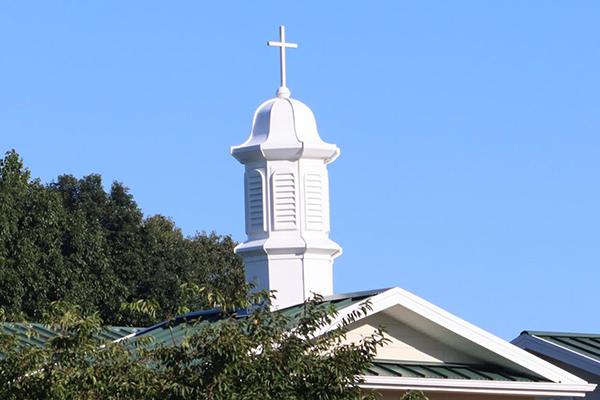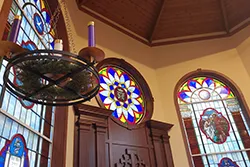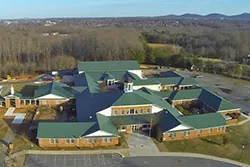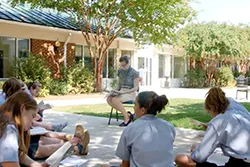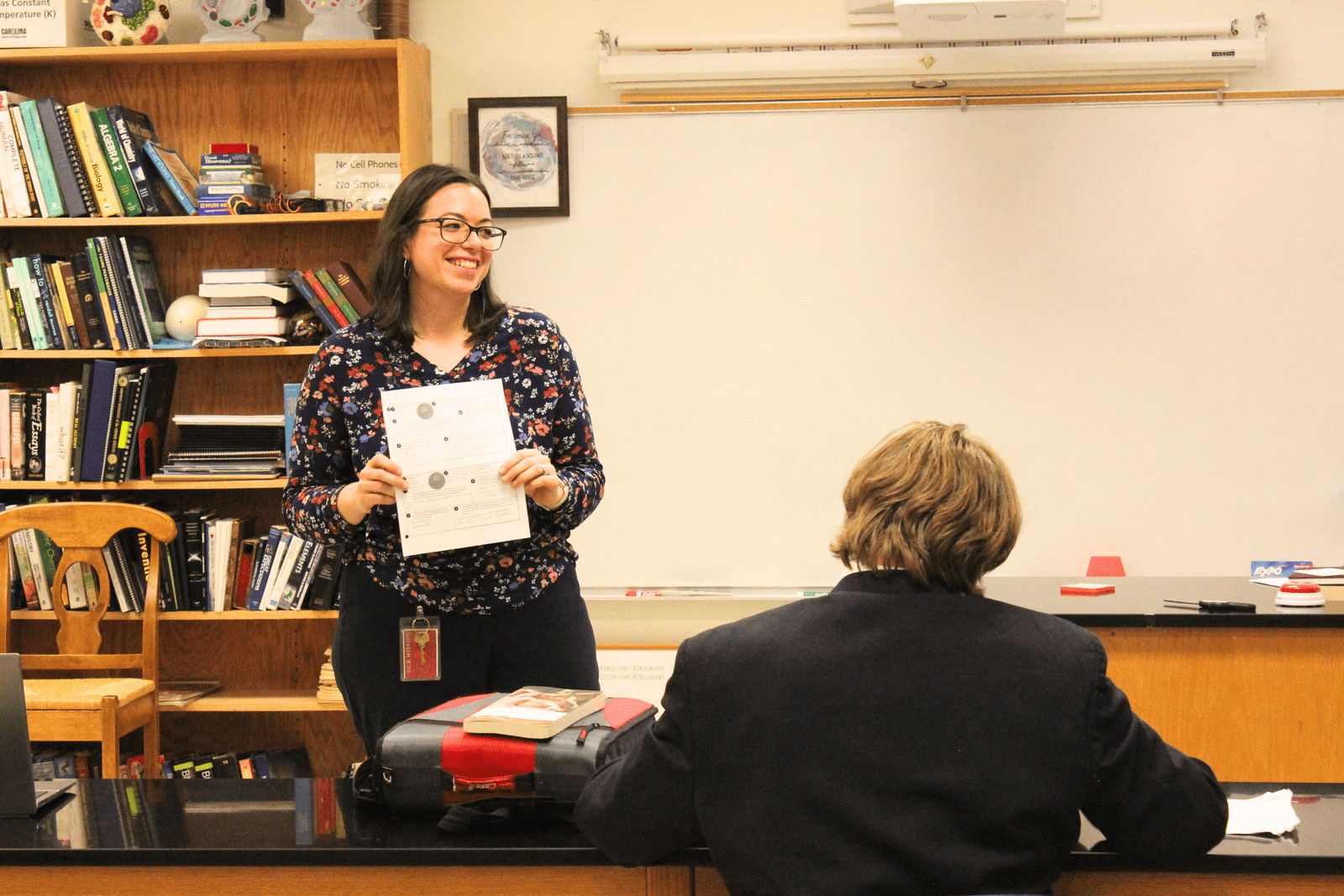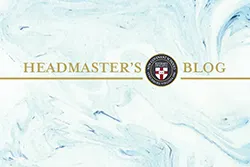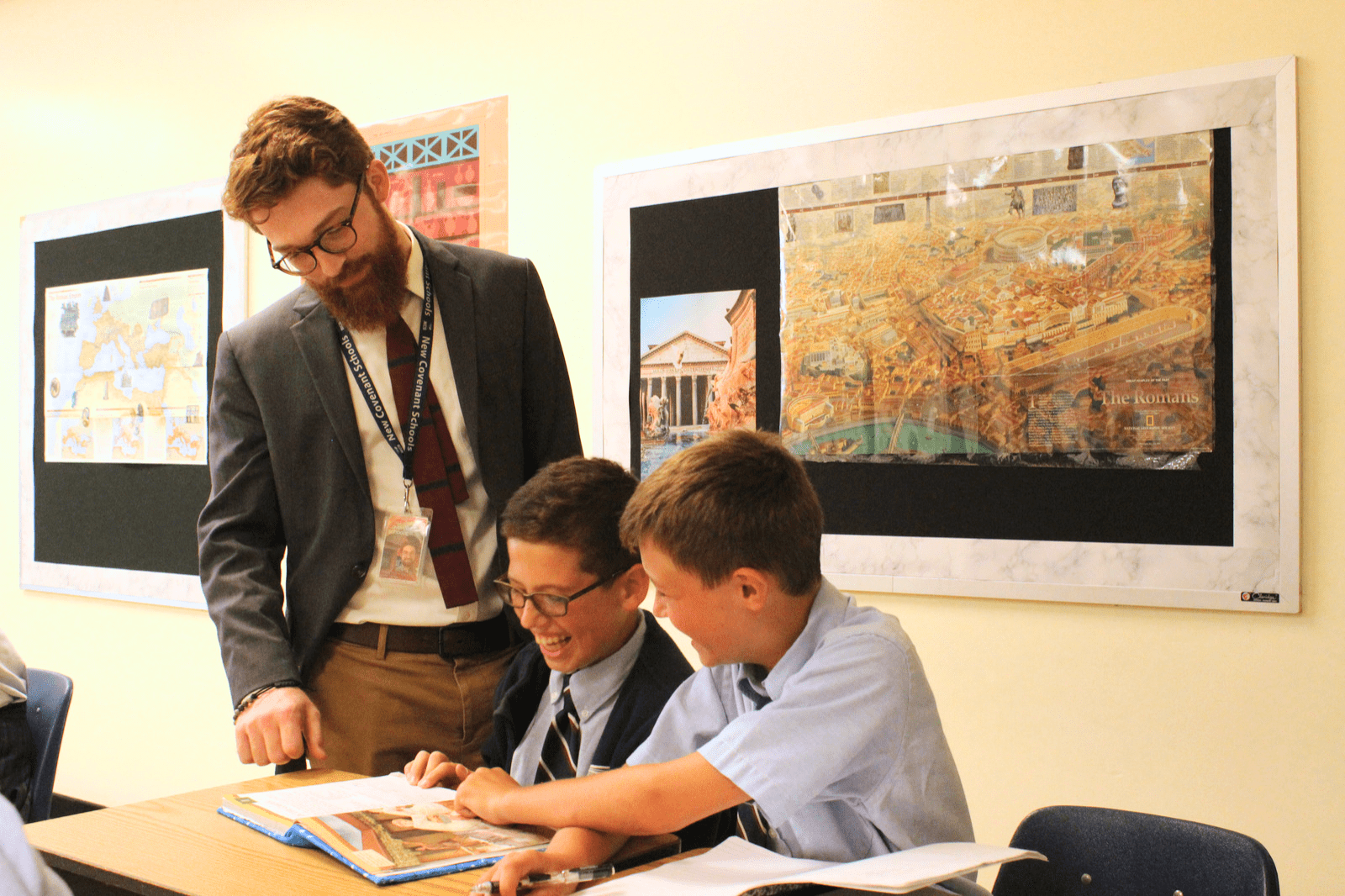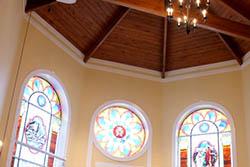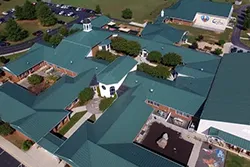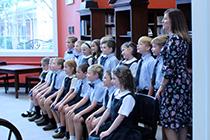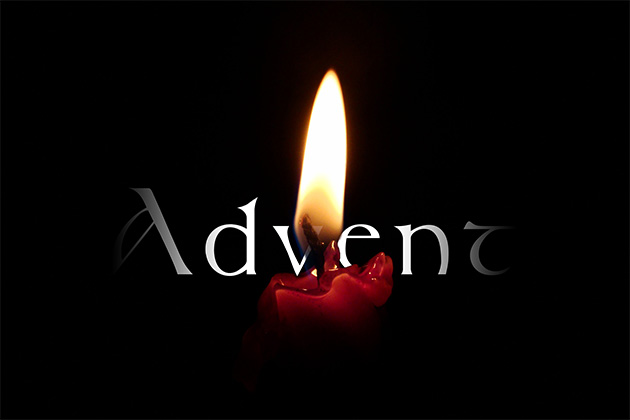Epistle: Romans 8:8-14
Gospel: Matthew 21:1-13
Collect: Almighty God, give us grace that we may cast away the works of darkness, and put upon us the armour of light, now in the time of this mortal life, in which thy Son Jesus Christ came to visit us in great humility; that in the last day, when he shall come again in his glorious majesty to judge both the quick and the dead, we may rise to the life immortal, through him who lives and reigns with thee and the Holy Ghost, now and ever. Amen.
The four Sundays before Christmas renew the Church calendar each year. Each of these Sundays has a specific theme which is indicated by the appointed readings and the collect (pronounced KOL lekt), the prayer of the day. Taken together, the days of this season call us to reflection, penitence and expectation. First, some background.
During the tumultuous decades of the 6th-7th centuries BC, the Jews suffered the destruction of Jerusalem in three waves – 605 BC, 596 BC and finally in 586 BC. During these sieges by the fiercely terrifying Babylonians to the east, deportations took place en masse, including notable persons such as Daniel and his friends, the prophet Ezekiel and others of whom you read in the Old Testament. The people of God were force-marched from their land over 1,700 miles, a distance equivalent to New York to Austin, TX, and lived as exiles in Babylon for 70 years. Many died there, and only a small “remnant” would return.
We know from the early chapters of Ezekiel that Yahweh evacuated the temple sometime in the first wave. The temple had been profaned by idolatrous Jews themselves, described in Scripture as “an abomination that renders desolate,” and God withdrew his presence – and his protection. The city and the temple were subsequently destroyed, but Yahweh is shown by Ezekiel to have moved to be with his people in Babylon (Ez. 8-10). This is revealed to the prophet in a vision which he records in the first chapter of his book. Decades later when Darius eventually authorized the Jews to return to their homeland, it was cause for immense joy. In the years thereafter, the temple was rebuilt – at least a smaller version – but gone forever was the visible presence of Yahweh that signified that he was dwelling in the midst of his people, and that things had returned to normal. In short, the people returned, but Yahweh did not.
This is the deep background to the message of John the Baptist who heralded the advent of the Messiah, “In the wilderness prepare the way of the Lord; make straight in the desert a highway for our God” (Mark 1:1-4). Yahweh was going to return, and his people were called to build a road from Babylon to Jerusalem. The desert highway is a metaphor that suggests that, just as the people had returned, so God would also travel back. Making the “crooked straight and the rough places plain” (Isaiah 40; Luke 3:4-5) was a way of saying that the highway would tolerate high speeds so that Messiah could “suddenly come back to his temple” (Malachi 3:1). Repentance of sin was the means of its construction (more on that in later posts).
Even though the Jews had returned to their devasted homeland, nevertheless the exile was not over because God had not re-joined them. The coming of Christ is presented in the Gospels as the great return of Yahweh – he is God who comes in the flesh as a man, whose presence would finally conclude the Exile. This is majestically captured in an 8th century Advent chant familiar to all of us: “O come, O come Emmanuel, and ransom captive Israel who mourns in lowly exile here until the Son of God appear.”
The Church calendar calls us to an entire month in which we liturgically situate ourselves into the same space occupied by Jews before Messiah. In so doing the calendar is telling us how to feel and how to think, urging us to hope and expectation. The readings from the lectionary for Advent 1, which have been read by Christians since the 500’s, are appointed from St. Matthew 21 which is the account of the Triumphal Entry. We would normally associate this with Palm Sunday, but the intent of this selection is to show how Messiah offers himself as the King of Israel. Advent 1 places this kingly act in the foreground, as Jesus marches through the gates and straight to the temple. Likewise, the Epistle lesson from Romans 8 exhorts us “that now it is high time to awake out of sleep: for our salvation is nearer than when we believed. The night is far spent, the day is at hand: let us therefore cast off the works of darkness, and let us put on the armor of light.” In other words, wake up and see what’s happening. The exile is over; the kingdom has come.
Finally, Advent 1 points our expectation to the second coming of Christ, for which we wait with patience and perseverance. Though the world “before Christ” might be difficult to imagine, nevertheless you and I are situated similarly between the “comings.” We, too, are waiting as our fathers did – waiting for him to return in glory to raise the dead and dwell among us forever.
Commercial Christmas, indulgent as it tends to be, competes mightily with the rhythms of habit and the disciplines of reflection. Before Thanksgiving has even occurred, the malls and your social media platforms are lit with solicitations to shop, buy more, and accumulate. I love Christmas just as much as the next guy, but let us make no mistake, the season of Christmastide has been hijacked to eclipse the equally important season of Advent, in which spiritual reflection and preparation is vital to encountering the fullness of Jesus Christ.



